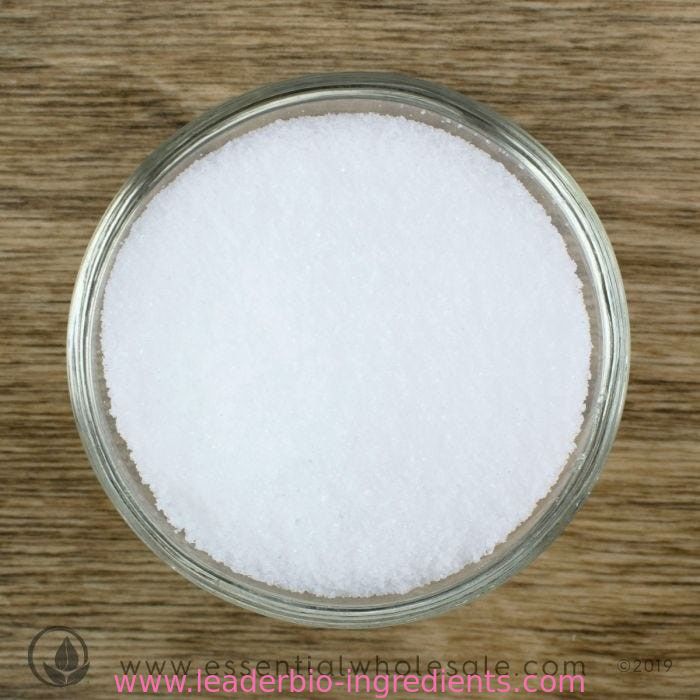| Description |
For pharmaceutical raw materials, health products, intermediates, food additives and so on
Ribose-5-phosphate, supports biosynthesis of tryptophan and histidine, and is one of the components of the phosphate pentose synthesis pathway. |
| Chemical Properties |
White powder |
| Chemical Properties |
D-Ribose is a carbohydrate, or sugar, used by all living cells and is an essential component in living organisms for energy production. It has a sweet taste. |
| Occurrence |
Reported found in boiled crab, hen egg, catfish, whitefish, haddock, stored beef, stored veal, milk, applesauce, potato, rapeseed, roasted coffee, fresh coffee and shrimp. |
| Uses |
It is produced by microorganism fermentation of glucose in a fermentation culture medium without adding calcium carbonate. |
| Uses |
D-Ribose is produced by microorganism fermentation of glucose in a fermentation culture medium without adding calcium carbonate. |
| Definition |
ChEBI: A ribofuranose having D-configuration. |
| Preparation |
By fermentation technology. |
| Biological Activity |
D-ribose is a natural sugar that our bodies produce for a variety of purposes most notably encrgy in the form of ATP(adenosine triphosphate), which powers every cell in our body. Ribose is crucial for the synthesis of energy (ATP) and without it, your cells run out of energy and the health of the cell is compromised. Supplementing with ribose improves cell function by restoring energy.
One of the most vital organs to suffer energy depletion is the heart. That is why so much of the research on D-ribose has focused on the impact of supplement ribose in heart disease. Although ribose is classified as a sugar, when taken orally, it does not have any impact on blood sugar like glucose. Instead, it is used for energy production and energy recovery. Every cell in the body has the capacity to make ribose. But more ribose may be needed than the cell can produce when cells are metabolically stressed, such as with strenuous exercise or disease. When the cells are metabolically stressed they tend to consume more glucose rather than producing more ribose. This can dramatically affect recovery. |
| Purification Methods |
Crystallise -D(-)-ribose from aqueous 80% EtOH, dry it under vacuum at 60o over P2O5 and store it in a vacuum desiccator. It exhibits a complex mutarotation with : [] D 10 -23.1o (1.5minutes), -21.3o (5minutes), -19.5o (10minutes), -19.1o (30minutes), -21.2o (60minutes), -23.1o (120minutes), -23.7o (300minutes), (c 4.5, H2O) [Phelps et al. J Am Chem Soc 56 748 1934]. 1H NMR in D2O at 44o shows 17% -pyranose, 59% -pyranose, 9% -furanose and 15% -furanose forms with furanose -H at 5.34ppm (J 3.0Hz) and -H at 5.31 (J 1.7Hz) [Angyal Adv Carbohydr Chem 42 15 1984, Angyal & Pickles Aust J Chem 25 1711 1972]. The phenylhydrazone crystallises from aqueous pyridine in yellow needles, m 163-164o, and the benzylphenylhydrazone has m 127-128o [Snowden J Am Chem Soc 72 808 1950.] [Beilstein 1 IV 4211.] |

